Amid these changes to the configuration of the network systems, it is important for network specialists to understand the difference between a Layer 3 switch and a router. Though neither of the two devices dominates over the other in terms of the ability to unify user control and communication across different network sections, how this is done is very different in purpose and effectiveness. The letter will draw the line from which a Layer-3 switch will appear different from a router through an analysis of the two devices, paying particular attention to the technology from Orion and Cisco. The systematic making of these important distinctions clearer will put into perspective network administrators and ICT practitioners within the confines of special engagements as to the topology of computer systems in a bid to increase their efficiency and embolden the reliability of their systems.
Table of Contents
ToggleWhat is a Layer 3 Switch and How is it Compared to that Device Called Router
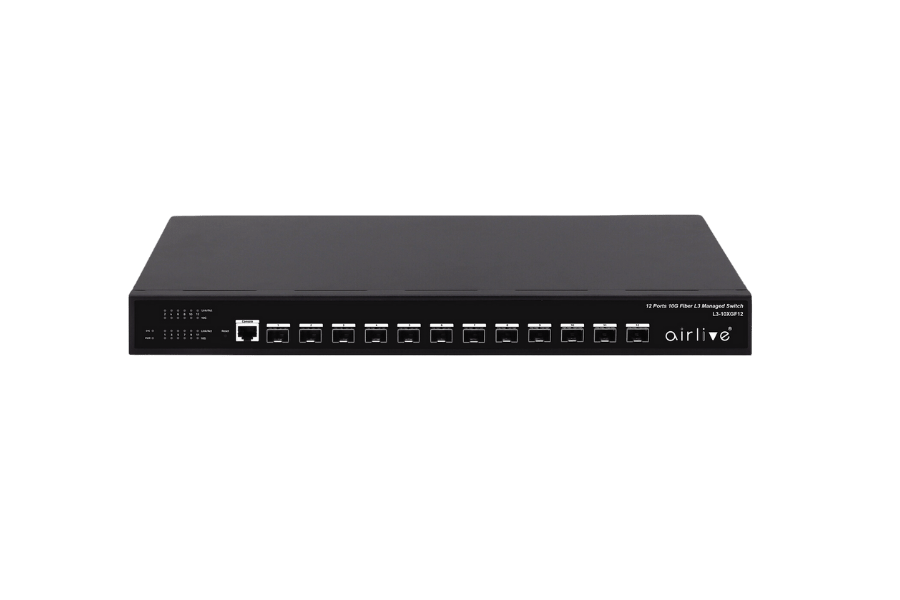
The concept of Layer Two and Layer Three: Where does the difference lie
Layer Two and Layer three networking equipment are described about the functions they execute within the OSI model. For example, layer two devices are commonly termed data switch layer devices, mainly controlling data flow on the local area networks using the MAC address scheme. Bus Driver orders frames forwarding, control switches for data packet distributionН, and forwards datagrams to physical devices. In a contrasting manner, Routers and Layer 3 Switch are. Layer 3 devices also include a router. These devices work at and provide wireless IPS and routes trapped in the middle of different LANS and do more logical thinking. This is the justification for the Layering of three devices designed for routing any networks rather than the normal HR local area’s network, and typical device meeting chairs are placed below the audience.
What is the Operation of a Layer 3 Switch in a Network?
The layer three switch extends its functionality in a network by bringing the switching and routing functions into a single device. Also, the packets can be routed using IP technology to address packet traffic to different subnets and VLANs. This method implements L2 and L3 functionalities, including High-Speed Switching and Routing in one, which uses the hardware-switching capabilities to fasten the packet forwarding mechanisms and minimize the delay within the network, resulting in increased end-user satisfaction. Layer 3 switches are applied in scenarios where adequate transversal performance is required among the interconnected network perimeter. For this reason, reliance on external routers for inter-VLAN routing is minimized, making it possible to process packets rapidly for better traffic routing over the LAN. More routing protocols are also used to heighten network development and management.
Key Features of a Layer 3 Switch and a Router
Perhaps these devices do not look very different at first sight. However, as always in the technology world, some features are important, creating additional advantages. A Layer 3 switch can have the functionality of both a high-speed switch and basic router in one device, thus cutting unnecessary costs when there is intra-network communication. It also directs the secondary routing of internal traffic, allows for the implementation of VLANs, and allows for the creation of IP networks using OSPF and EIGRP. Traditionally, the work done with IP technology involves convergence traffic, which always goes back to routing. Routers are responsible for joining many pieces of a network and acting as doors to the global network while ensuring the highest level of security necessary to manage the traffic of complex intranets.
Expanding Network Capabilities Through The Layer 3 Switch
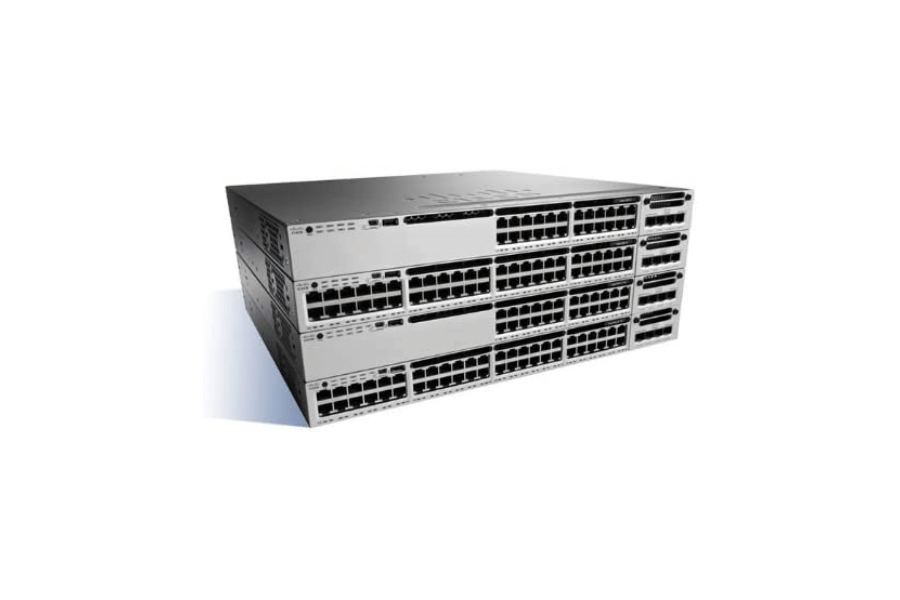
Layer 3 Switches and their Role in VLANs
To begin with, the Layer 3 switch allows for the retention and enhancement of the existing VLANs by allowing inter-VLAN routing in the switching system, which enhances the network’s working. They accord the benefit of partitioning the big division-based network into inferior units called VLANs, and each one operates as a distinct sub-net. Since layering 3 switches performs the described, carrying out the additional routing functions necessary later on saves the number of successive routing steps that would otherwise be unnecessary. If such an undertaking is not conducted, the vast majority of feasible inter-VLAN communications within professional networks will take ages to be achieved by the most feasible means because of the rigidity associated with routing professional networks. This thereby enhances the communication flow and is cost-effective in band utilization, as well as in improving the security requirements by limiting outsourcing to trusted areas between parts of the networks, which are all helpful in the more and more complex and ever-changing networks.
Optimization of Networks through the Application of Routing Protocols
Dynamic protocols enable automated changes in geometric configurations and layout of the network in a measure enhancing performance. For instance, OSPF, EIGRP, et al. are protocols that allow information regarding the routing of data packets over the best paths amongst the routers and layer 3 switches, which enables best path routing construction. In other words, better paths can be selected to improve load distribution, cutting down network overutilization and increasing potential. In addition, dynamic routing facilitates the addition of new parts to the network as well as interim changes in the event of post-failure or post-short circuit to avoid reoccurrence and provide assurance. Performance adjustment of resourceful networks is made faster and improved by the use of dynamic routing protocols, which is important in maintaining the soundness and effectiveness of the network systems.
What are the Benefits of Layer 3 Switches for Network Optimization?
Layer 3 switches represent an original and beneficial option in achieving the optimal requirements of the network in that they can route where speed and efficiency to switch are still maintained. Additionally, they allow subdividing of the rest of the network by utilizing the management of VLANs to enhance security and limit unnecessary broadcast traffic. Moreover, they offer better scalability since greater distributed networks can be accommodated than is currently the case. Given that most applications now require high amounts of data, there is a need to make sure that the data is not concentrated or that there are no bottlenecks. Therefore, layer 3 switches are suitable for any place since they deal with technological bottlenecks and functions like Video on demand, Multicast Routing, and QOS.
How Can You Use a Layer 3 Switch in Your LAN Setup?
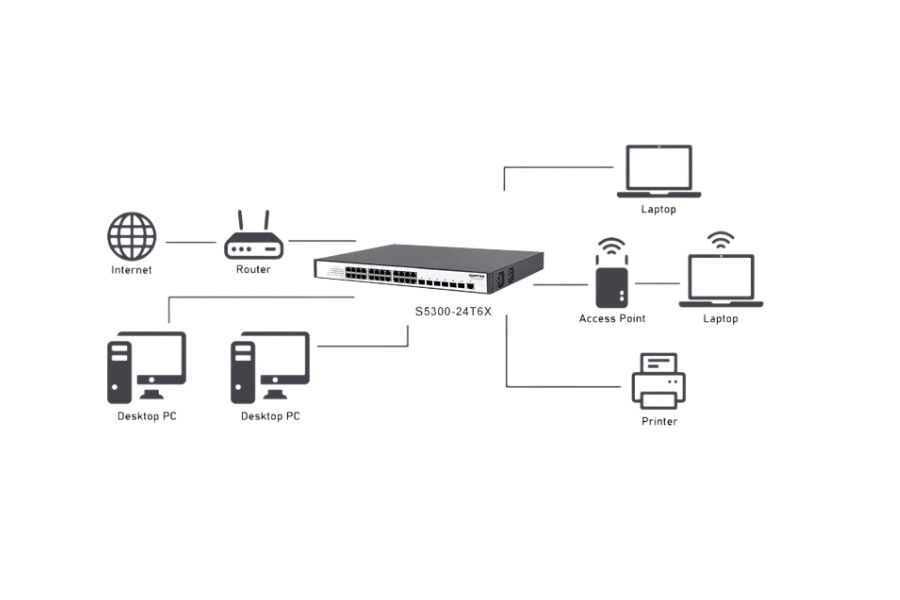
How to Connect a Layer 3 Switch in a LAN Environment
Layer 3 switches can be fitted in an area with a LAN by integrating it with the network core or the backbone through Ethernet cables. When that’s done, one may log into the switch management interface, which is commonly done through a web interface or command line if not a few parameters like the switch name and IP address and subnet mask suffice. Then, outline VLAN (Virtual Local Area Networks) to achieve smooth traffic. The respective IP address should be given for each VLAN created, and routing interfaces should be deployed to enable the VLANs to communicate. Policy routing can spare other unequipped subnets within the network, such as those with static routes from additional routing protocols like OSPF or RIP, to stave off dynamic routing on the VLANs and the rest of the network. In conclusion, to route Layer 3 interfaces, some features have to be configured in relation to network security and performance, such as QoS and access control. It will be important to take action plans to save settings and entire connectivity, and the purpose will be able to be tried out with the help of network troubleshooting tools.
Configuration of Routing Tables and Establishment of VLANs
The routing tables and VLANs are properly arranged systematically to provide order and security in a network. First of all, to configure VLANS, layer 3 switches need to be constructed to support network group segregation. Each of the VLANs above is given its distinct VLAN IDs for identification. In addition to this, each of the VLANs is provided with its IP subnets. After creating the VLANs, allocate IPs to the router’s interfaces and connect the routers to enable inter-VLAN switching. Modify the routing table by adding static routing or OSPF or even RIP for exchanges on the routing information between the routed networks and the outer networks in accordance to the plan. Finally, management and reporting software were used to check the configurations performed to evaluate whether routing paths and full connectivity of the networks were enhanced.
The Impact On IP Address Management Of Layer 3 Switches
The routing capabilities built within layer 3 switches help improve IP address administration. These switches can also be able to carry out routing functions through configuring of the routing interfaces and thus able to manage more than one IP subnet. OSPF and RIP are among the protocols provided to facilitate the movement of IP traffic among different networks more automatically. In addition, having the IP routing function processed through the hardware helps to ensure better and faster packet forwarding. This enables the Layer 3 switch to be used in a large network environment and in a high-speed interconnectivity situation that needs several subordinate subnets to an IP address.
Where would you prefer to have a Layer 3 Switch instead of the Conventional Router type?
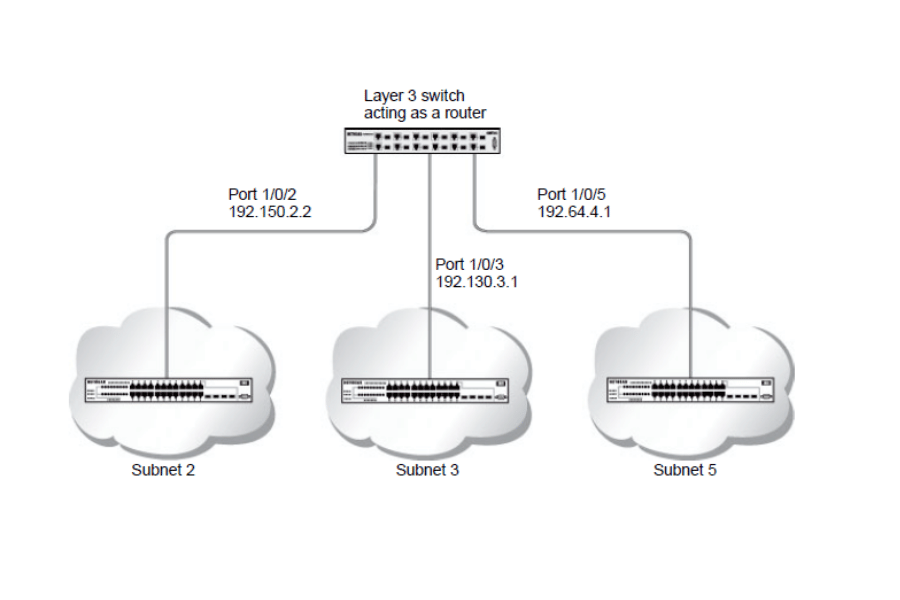
Comprehending Network preferences and their requirements
Before opting for a L3 switch instead of a standard router there are certain network considerations that the individual has to come to terms with including . Evaluate the level of the network scope and complexity; in cases where the requirements are very tight in terms of data transfer rate and latency, such as the case with large organizations or data centers, there will be merit in applying the Layer 3 switching technologies owing to their speed in packet processing. Assess the nuclear and peripheral volume of inter VLAN routing impactions as this aspect is already integrated within the La3 switches system, hence reducing the number of employed systems. Also, consider if the need for dynamic routing protocols such as OSPF and RIP and even other layer three switches are needed for better traffic management. In case your concern is cost configuration efficiency and scalability in a LAN environment, a Layer 3 switch will be enough. However, with more extensive routing-based designs, prospective users of applications that require more router operating features or circumstances that require more desirable security features integrating traditional routers will need to be considered.
Pros and Cons of Using Layer 3 Switches
Pros:
- High-Speed Performance: Offers faster packet forwarding due to hardware-accelerated IP routing.
- Efficient inter-VLAN routing reduces the complexity and number of devices by integrating routing and switching functionalities, particularly through the use of switch ports.
- Scalability: Well-suited for expanding networks with increasing data demands, particularly in large LAN environments.
- Cost Efficiency: May lower overall network costs by negating the need for separate routing devices.
Cons:
- Limited WAN Capabilities: Not ideal for complex WAN scenarios requiring advanced routing capabilities, where traditional routers operate at layer 3.
- Security Features: Typically lack the comprehensive security options found in high-end routers.
- Configuration Complexity: Initial setup may be more complex than basic network devices.
Key considerations in determining whether to use a Switch or a Router
Several factors should be considered when deciding whether to use a Layer 3 switch or a standard router. First, consider the network size and topology: Layer 3 switches are mostly used on larger local area networks due to their enormous switching capability and best InterVLAN routing, significantly optimizing the network’s routing. Secondly, assess the ‘WAN’ provision requirements; if the delivery system of the `WAN’ requires routing and securing WAN, better still, even traditional routers are more ideal than the above-described routers. Thirdly, the costs will be discussed; concerning mobility in a local area network layer, three switches may be adequate for performance-oriented networks. Last but not least, look at the potential size of the network and its growth; layered three switches have the integration and ease of changing the scope for plants. Balancing and weighing these factors will enable the decision to take care of the real network needs of the organization.
What Are the Differences Between Layer 3 Switches and Layer 2 Switches?
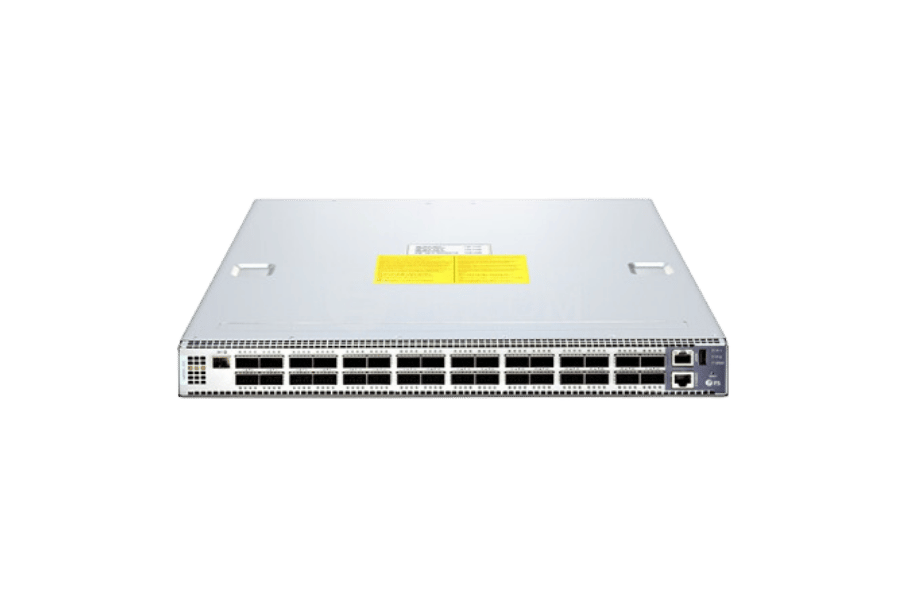
Comparison between Layer 2 and Layer 3 Switching
The functionality of switch operation in layers two and three is very useful in performing network operations and is significant in the execution of different tasks. Functionally, layer 2 switches mostly work on the data link layer, which involves MAC addresses learning and frame forwarding belonging to a single network or vlan. In this way, however, it focuses on intra-brach network traffic only and has relatively basic switching capabilities designed to cater for small to medium-sized networks that have minimal need for routing functions. On the other hand, with Layer 3 switching, the network layer’s functions are incorporated, enabling the capability to switch traffic between VLANs or IP subnets. However, packet routing does not provide a good solution for large or complicated networks that need proper traffic organization. In general, it can be seen that the main uses of layer 3 switches are cutting across continuing inter VLAN and network layer features, while the use of layer 2 switches is simply as stepping inside an advanced network.
Role of Link Addressing in Layer 3
The IP address and the MAC addresses of switching networks at this layer are equally pertinent in regard to effective communication in the given networks. Simply put, IP addressing allows devices to communicate across different networks and it makes routing possible. This lets mesh routers and Layer 3 switches determine where in a wide area of subnets or VLAN the data packet is required to head to. Layer three adds more purpose in rationalizing and building more advanced networks and network architectures. On the other hand, MAC addresses are employed in the second layer of OSI to forward frames within certain devices in the same local area network. Layer three switch routers use IP and MAC addressing capabilities to generate and receive communications and route traffic. This encompasses planning for suitable IP benefit whereby IP addresses are used correctly in making good routing in the various networks and local switching of the MAC addresses, thus complete traffic control is realized.
Use Cases for Layer 2 and Layer 3 Devices
Examples of Layer 2 Devices are switches and hubs. The emphasis is on the speedy and reliable transfer of information within a certain distance only. Such devices are beneficial in a standard organization that needs to switch a net total of data packets without any routing devices such as routers within that organization itself. Inter-VLAN communication is important enough, as is billing for all the departmental dtvs.
Layer 3 switches fit very well where there is a need to connect more than one subnetwork or several VLANs. They are particularly well suited to networks that require less coarse internetworking, such as the interconnection of distributed enterprise networks, campus networks, and data-centric networks. Because they can carry out traffic management and traffic routing across different segments of the network and incorporate extensive use of data and users in conjunction with other advanced capabilities like load balancing and QoS. Layer 3 Smart standalone switches are essential for networks that revitalize growth at the corporate core as they expand efficiencies and high scalability characteristics along with various operations.
Reference Sources
Frequently Asked Questions (FAQs)
Q: How exactly does a layer three switch differ from a router?
A: The distinctive features of layer 3 switches and routers are many, but the following can be observed: 1. Many people consider layer 3 switches as substandard routers, for they may operate at layer 3 of the OSI model. However, they also have certain layer-2 switching capabilities, which is not the case with the router. 2. It is often said that without inter VLAN routing, it is the layer 3 switches in the local area network (LAN) that perform this operation faster than any router, while the WAN is concerned with the latter. 3. As regards the interfaces, deployment of routers is lesser than the deployment of the layer 3 switches, which deployment is actually higher but designed for routing purposes for the high-speed local area networks. 4. Last but not least, however, owing to their fetch flexibility, Routers are able to carry out far more complex routing operations along with all necessary additional systems than a layer 3 switch does.
Q: How would layer 3 switches compare with sit regular Ethernet switches
Q: The Ethernet switches work at layer 2 however, a layer 3 switch has the additional functionality of routing capabilities such as forwarding. All switches perform basic switching administration at layer 2, where all the switching is done. However, a layer 3 switch can also assign redirecting layer three functions, meaning one Ethernet network will communicate with another Ethernet network. This means that even though there is a complex network structure, with the help of the layer 3 switches, it is possible to use them as more than just switching devices but rather as network-enhancing tools within the local area network.
Q: Layer 3 switch versus router; in other words, in this case, Layer 3 switches are more advantageous than routers, correct? Support your answer.
A: The advantages of layer three switches over routers are very obvious. They include the following: 1. Fast inter-VLAN routing – this is useful for large-sized local area networks 2. More ports, hence more connectivity to devices 3. Less time lapse in data transfer within a local network 4. Due to the fission of two functions in one unit, the network design is simplified 5. Affordable in case of Local Area Network with high performance 6. More suited for data centers and enterprise campus networks.
Q: Can we say that layer three switches come with the facility of routing?
A: A layer three switch is a device that looks and behaves like a switch, but it performs certain routing functions. It is intelligent enough to perform routing since it examines the IP address of the received packets and channels the packets to the appropriate routing table. Unlike the standard layer 2 switches, which can only operate at the mac layer and are passive, a layer three switch is active in that it can function and interconnect routes within subnets or VLANs at the network layer. As the horizontal dimensions of traditional electronic devices have decreased, their vertical ones have increased, allowing the combination of chip routing and data processing.
Q: In what situations have you used a layer 3 switch instead of a router?
A: The following situations can justify the choice of a layer 3 switch as opposed to a router: 1. Where local area networks are concerned and routing technology needs to be provided at very high speed. 2. Where the inter-vlan communication has to be done at very low latencies. 3. There is a justification to combine switching and routing to simplify the network design. 4. Where there is a limitation on the number of available ports and many devices need to be connected. 5. Only optimizing the local area network is enough in cases where wide area networks are not required. 6. There is a need to develop advanced campus or data center network configurations.
Q: Would a layer three switch completely take over the role of a router?
A: Though the Layer 3 switch performs the router’s functions in a local network quite adequately, there is a strong feeling that not all router functions can be performed by the layer three switch device, especially in a wide area network or in situations straining toward high routing interaction. Routers as compared to routing protocols, WAN interface technologies, and the site’s security where internal cyber incidents occur and are mostly hidden from the public, have come up with better technology adoption. There will be a need for a router or a layer 3 switch along with routing functions to connect to the internet or to some other external network.
Q: What are some key features of Cisco layer 3 switches?
A: Some of the features of Cisco layer 3 switches are given below: 1. Support of various types of routing protocols like OSPF, EIGRP, BGP and so on. 2. Support of Inter-VLAN routing 3. QoS capabilities 4. Provision of Access Control (ACLs) to prevent unauthorized data or device usage 5. Fast switch fabrics 6. Internet personnel version 4 and Internet versions 6 and 7 were considerable. The installation of a virtual switching system for enhanced reliability (VSS) 7. Most of the models come with Power over Ethernet (PoE) 8. Configured for deployment with software-defined networking with intent-based access (SD_Access), which is ready.
Please read their description below if you could not identify any of the above features on the 2-layer Cisco switch. 1. Cisco ether switches are able to implement the following Ingress filter and policer-40 Mbps. 2. The system configuration is adjusted through Telnet and any other management interface that will be used. 3. Also, note that there were different windows upon connection. 4. Any incoming traffic is verified using the integrated layer 3. That is the routing domain surrounds it. 5. Monolithic Ethernet switch that may offer additional Ethernet ports, including game ports.
